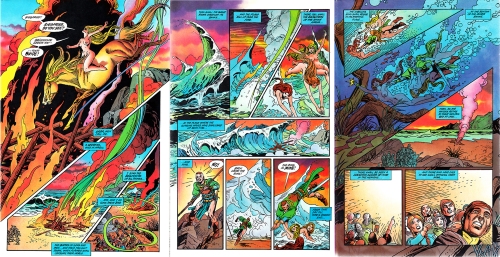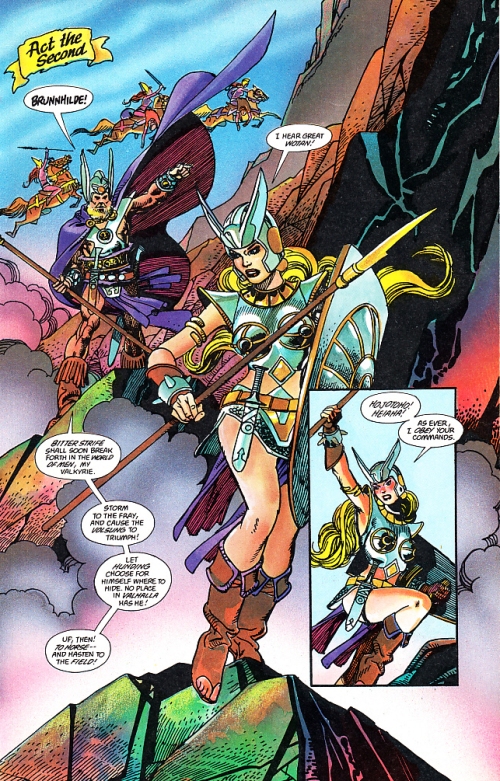In a 2011 interview, Bryn Terfel noted that a strong constitution is essential for the role of Wotan in Wagner’s Der Ring des Nibelungen, which he was currently performing at the Metropolitan Opera.
“If you’re not one hundred percent, there’s absolutely no way you can get through a piece like Die Walküre…if Rheingold starts there will probably be three or four performances, and you have to be very careful how you conserve energy during the period you’re there.”
“Mozart, for instance, is sociable—you do go to restaurants and theaters and anything the city has to offer. But with Wagner you seem to lock the door and take the low road. You’re more cautious: ‘No, I can’t come out to dinner—not this time.’”
Quoted in “The wanderer” by Brian Kellow (Opera news LXXV/11 [May 2011] pp. 22–27).
Today is Terfel’s 50th birthday! Below, as Wotan at the Met.





